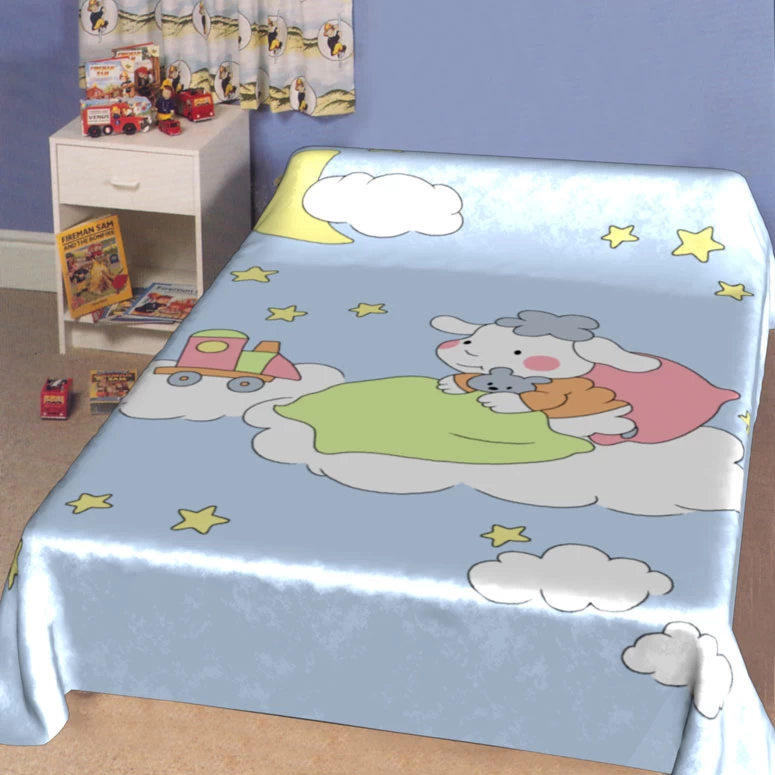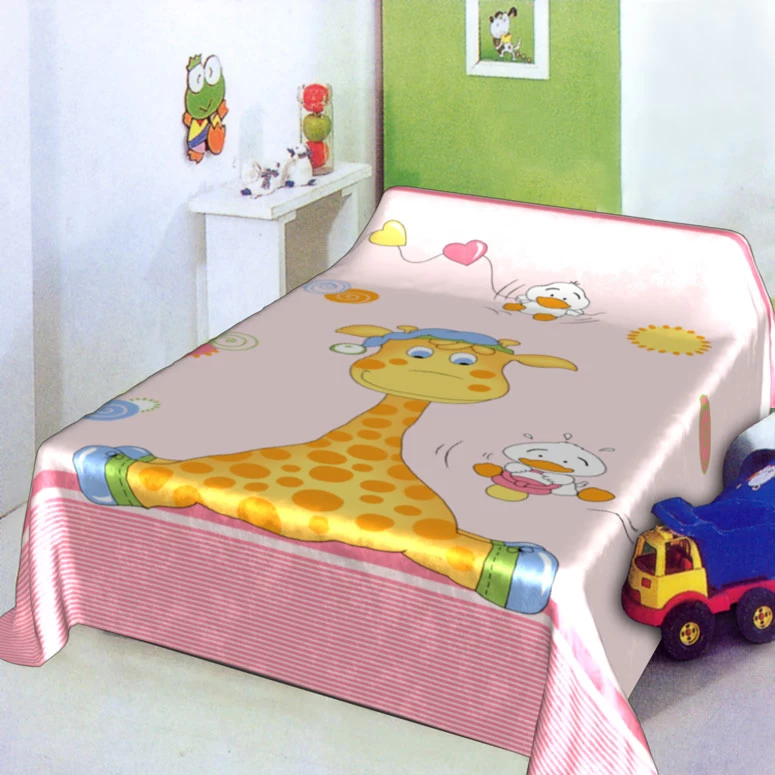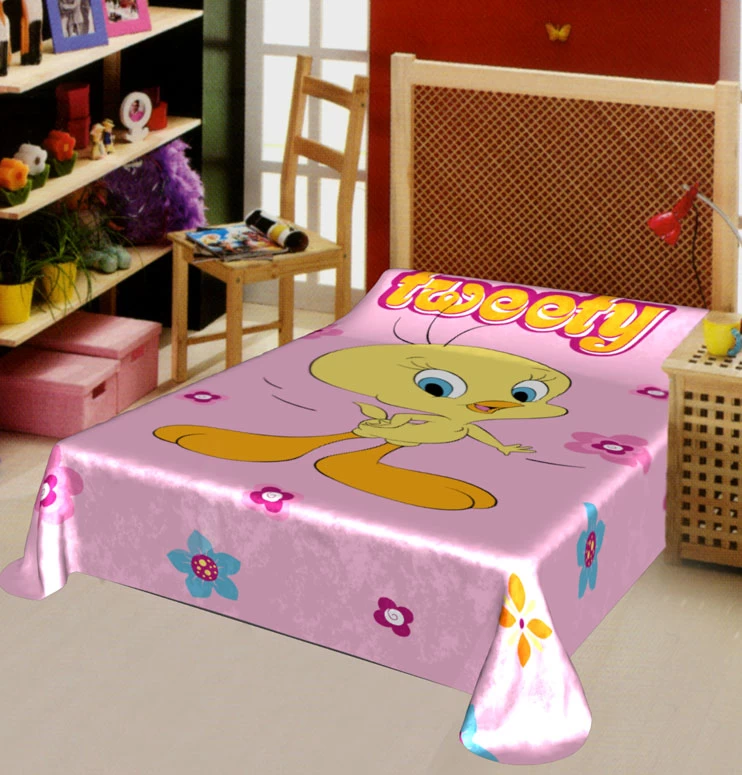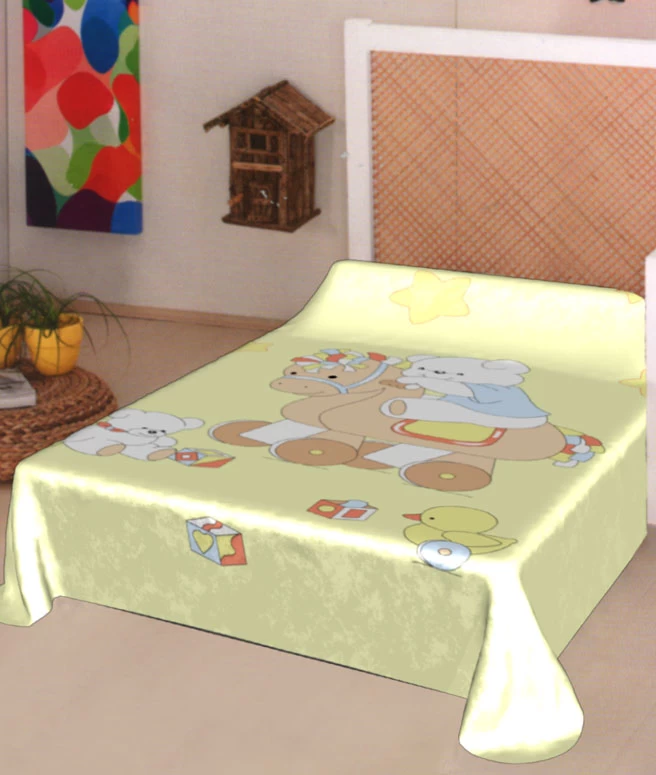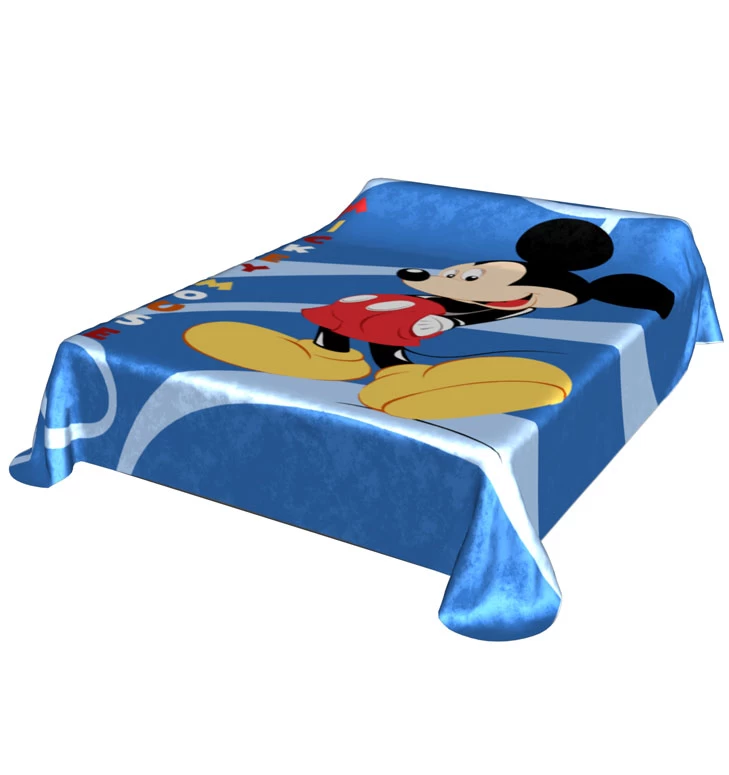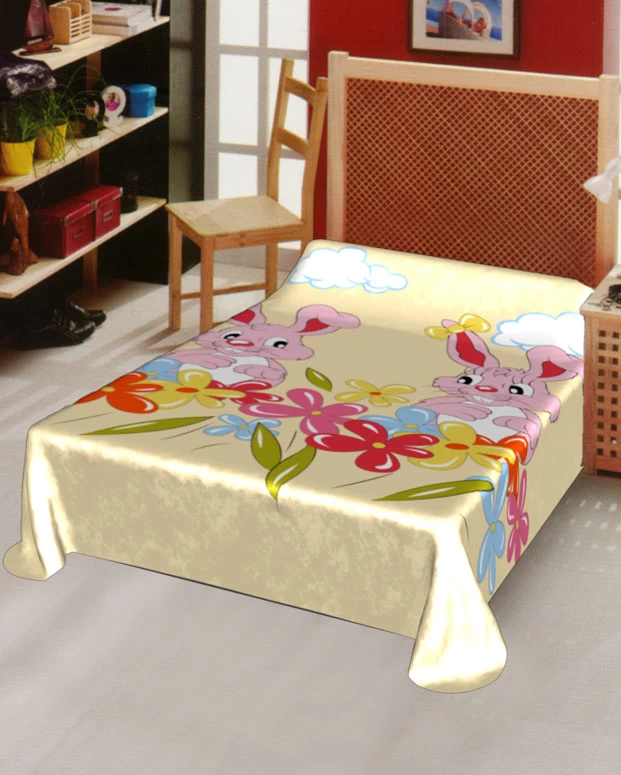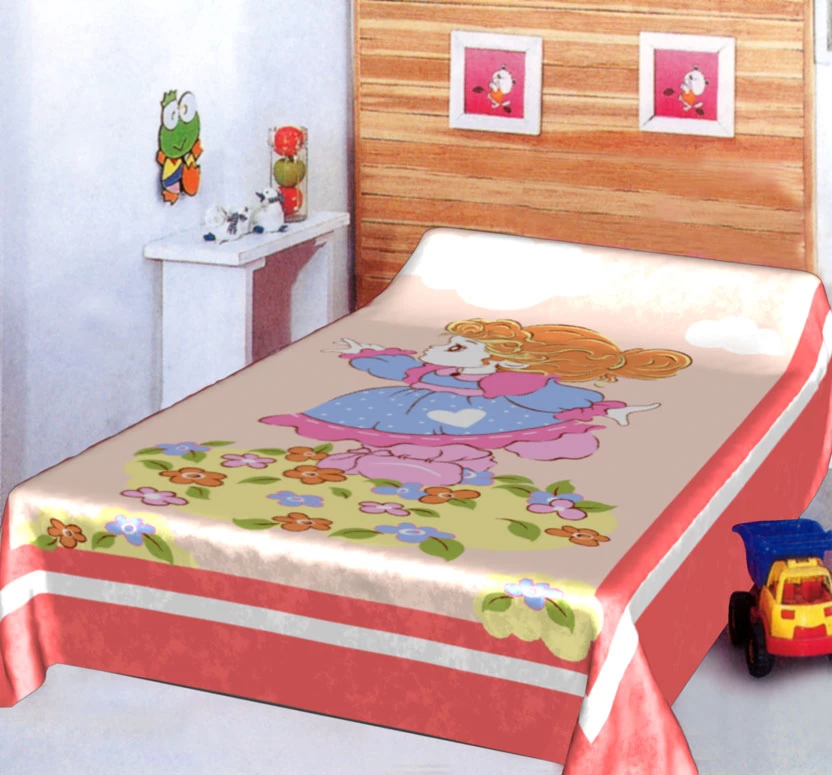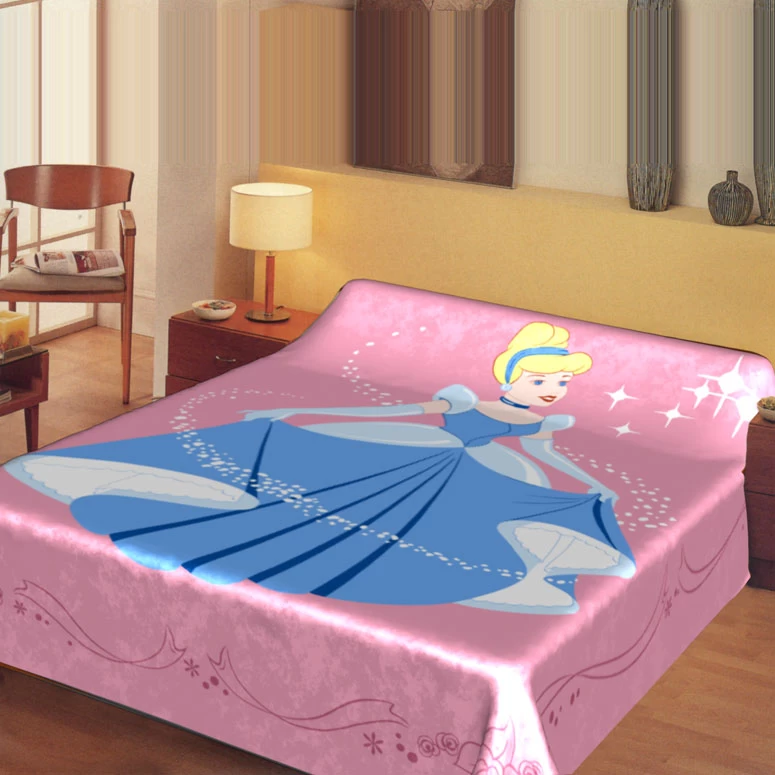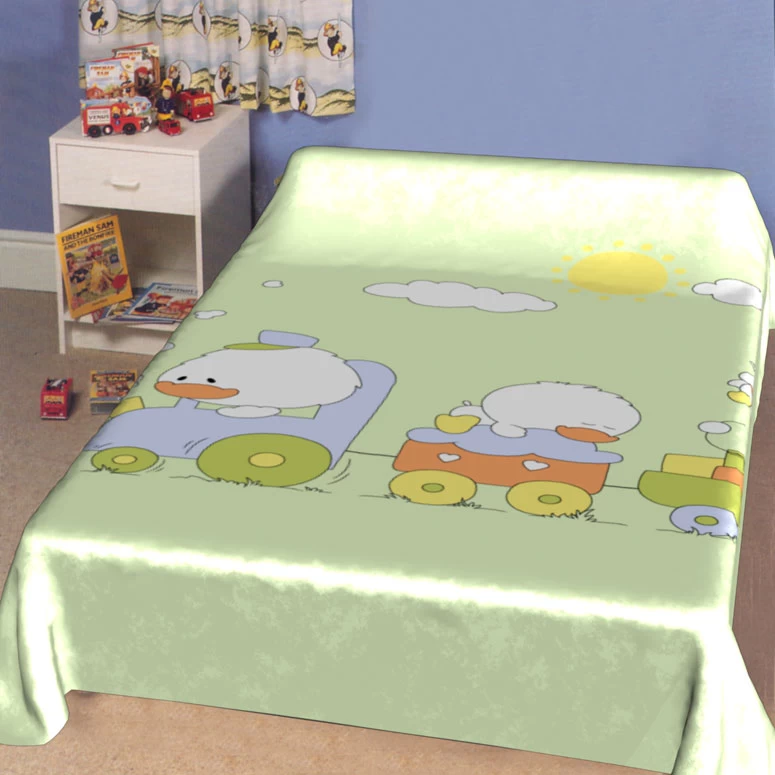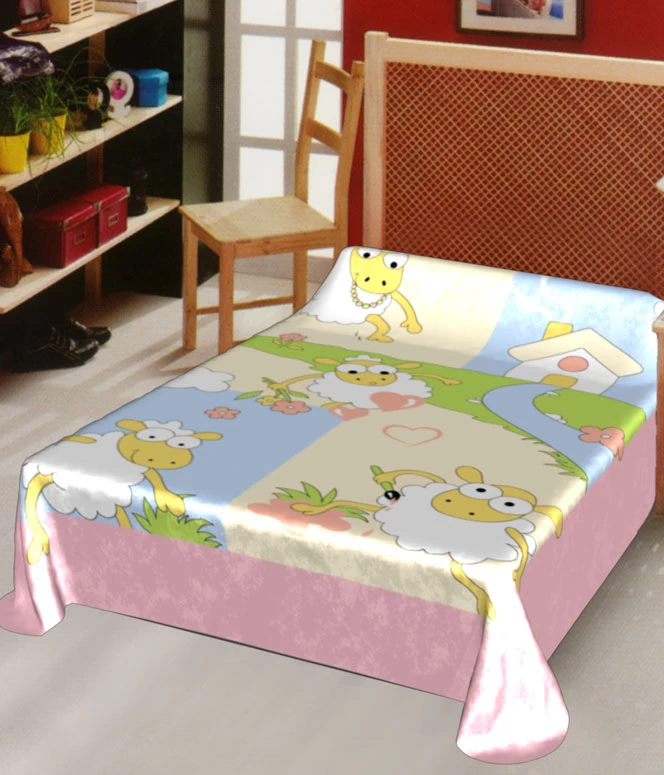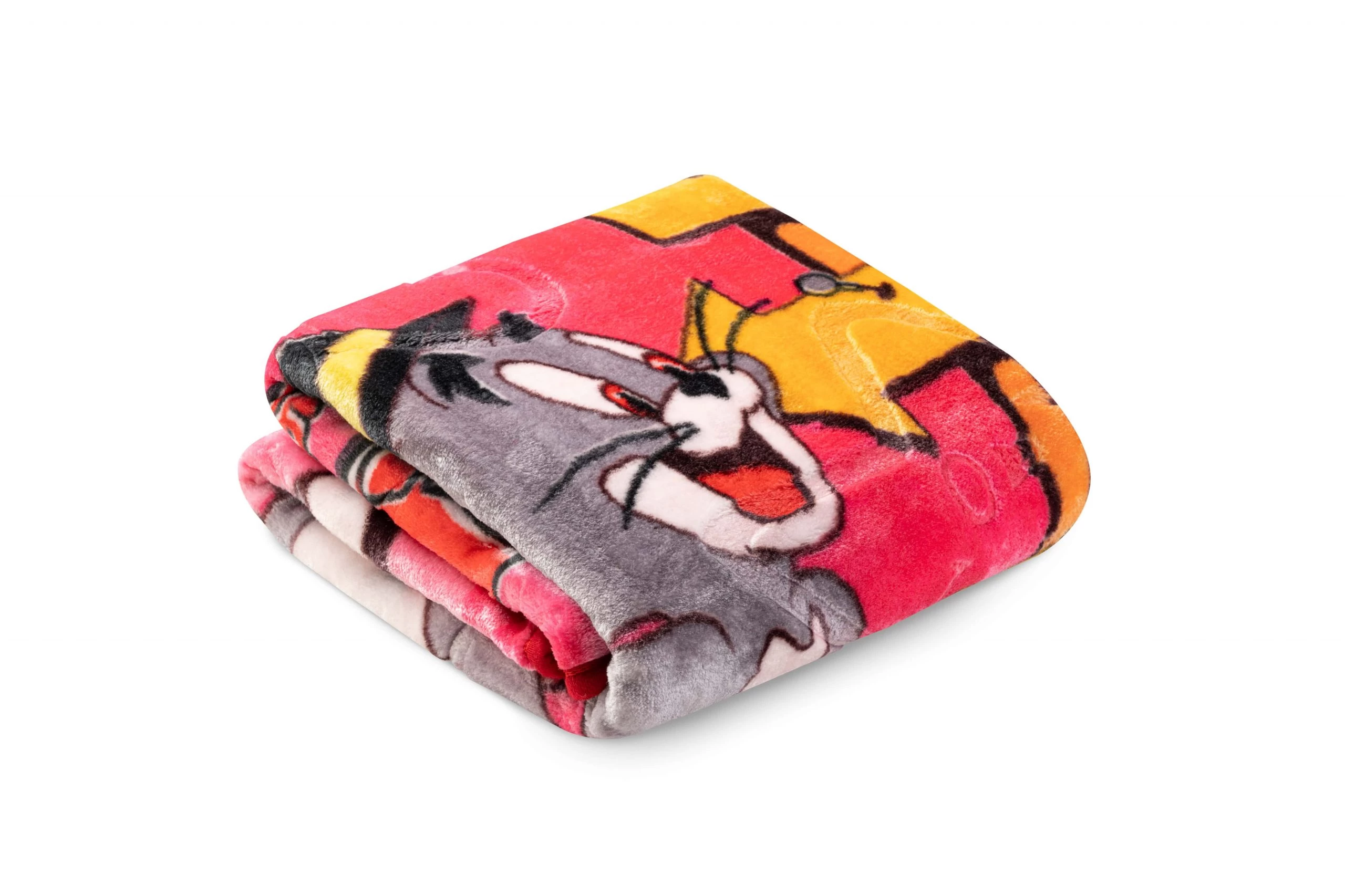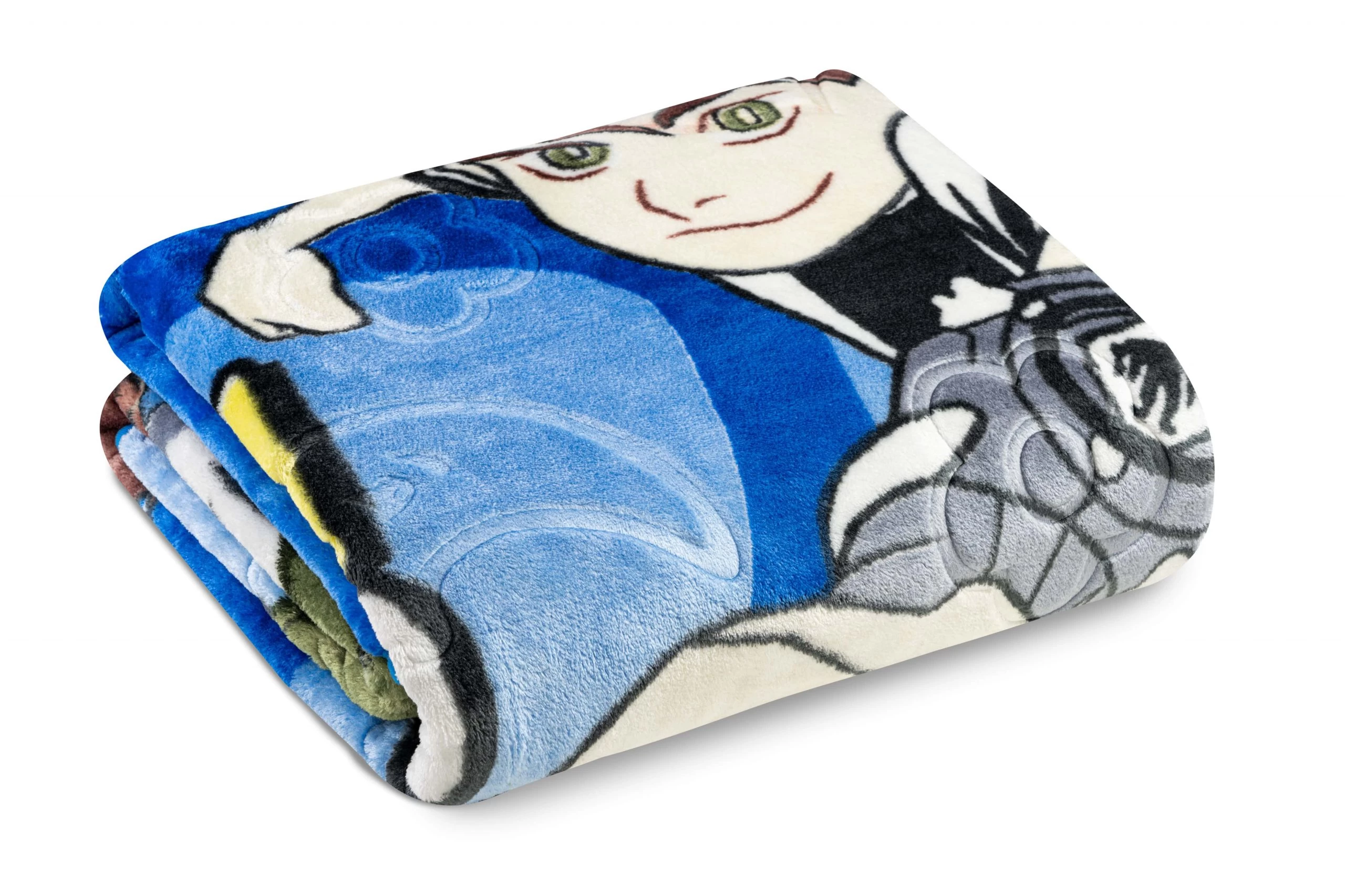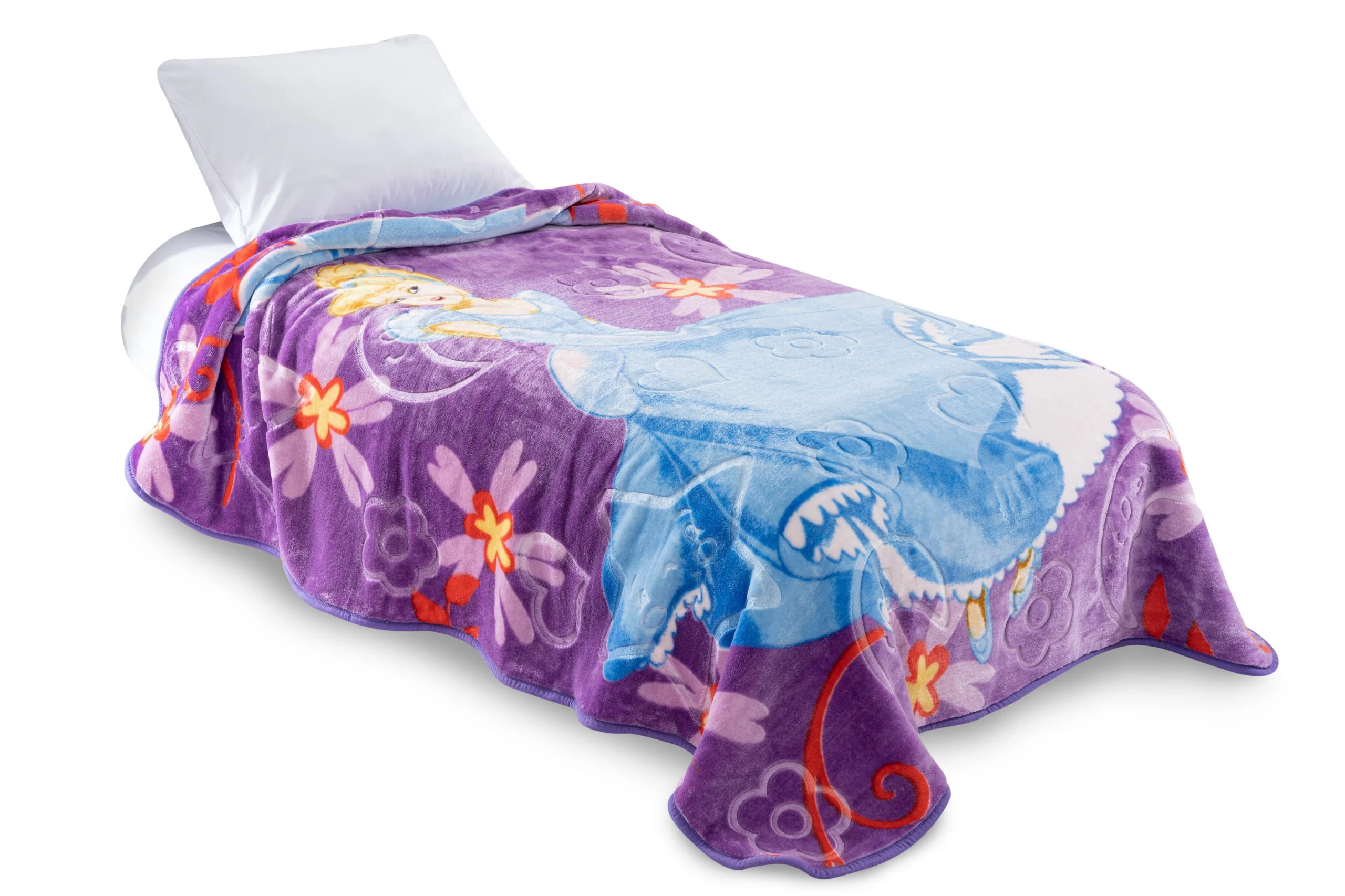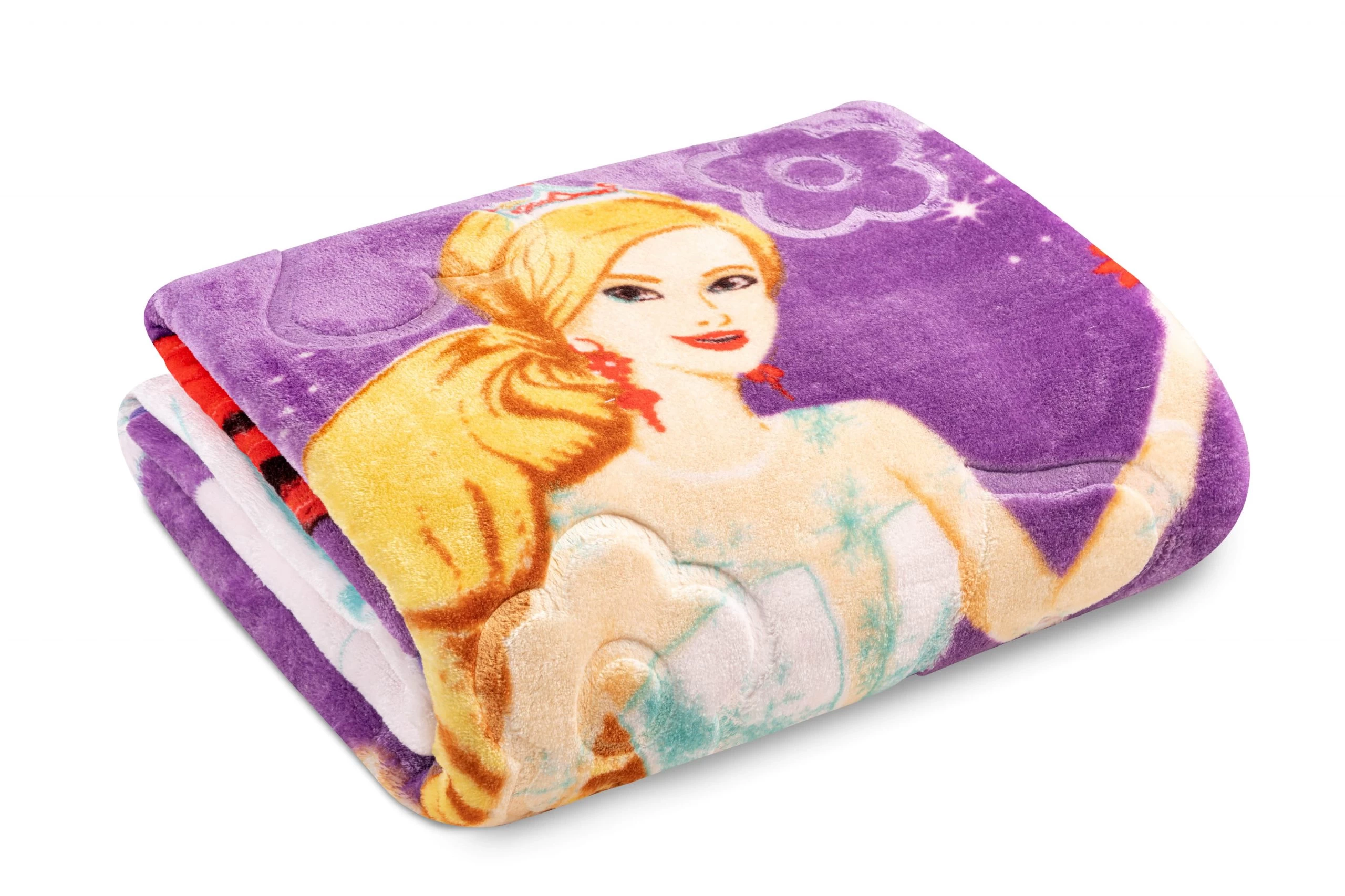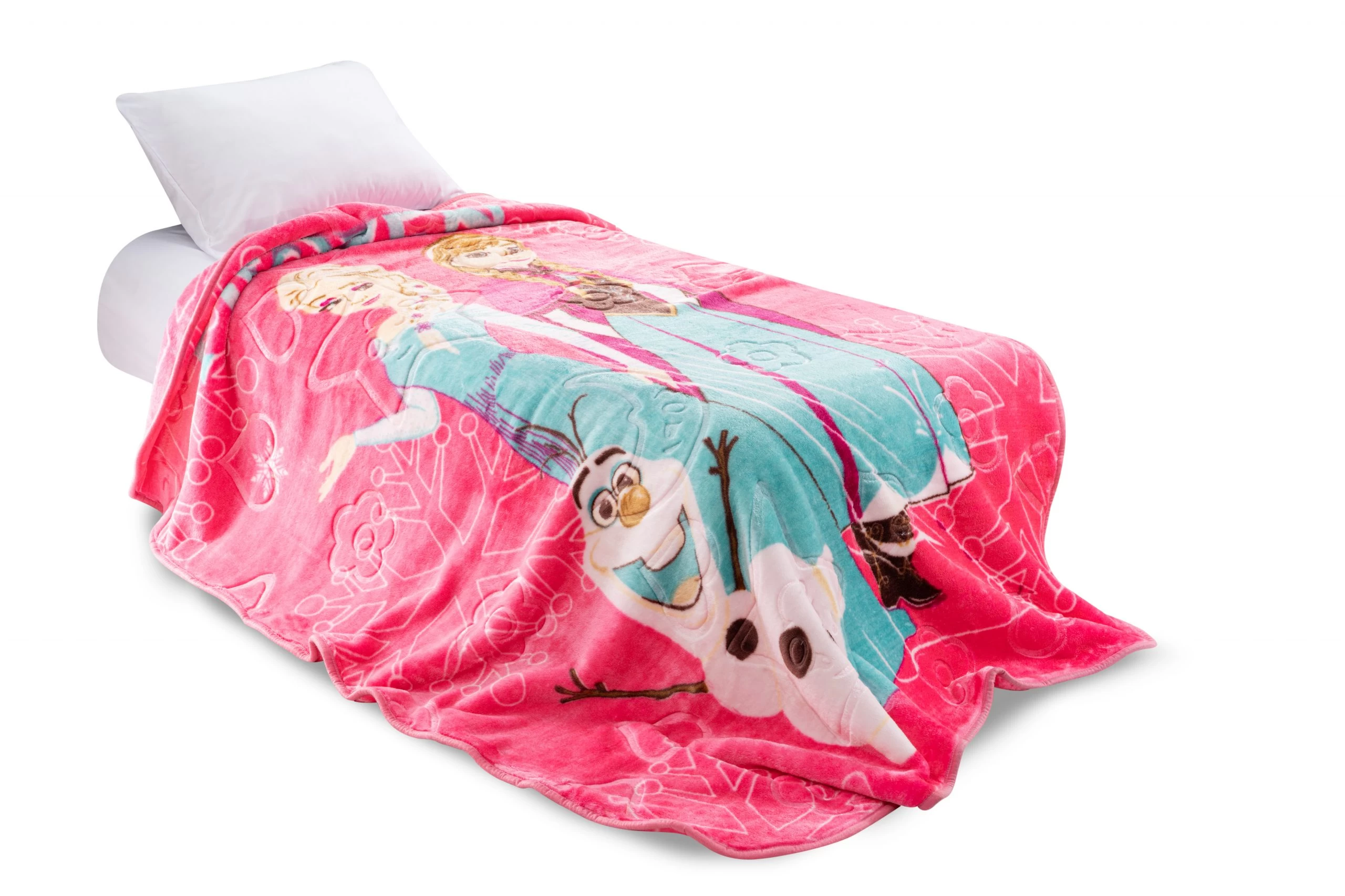Blanket for kids
Blankets are versatile, providing warmth and comfort. Whether woven from soft fabrics like fleece or knitted with intricate patterns, blankets offer a sense of coziness. They're not just practical; they can be a reflection of personal style, adding a touch of warmth and aesthetics to any space. From chilly winter nights to cozying up on the sofa, blankets play a significant role in our daily comfort.
Kids' blankets are designed with a focus on comfort, safety, and vibrant aesthetics. Often made from soft, durable materials, these blankets aim to provide a cozy haven for children. Designs featuring beloved characters, playful patterns, or soothing colors contribute to a child-friendly atmosphere. Additionally, many kids' blankets prioritize easy maintenance, considering the inevitable spills and adventures of childhood. These blankets not only keep little ones warm but also contribute to a sense of security and joy during bedtime or quiet moments.
Kids' blankets are crafted from a variety of materials to ensure both comfort and safety. Common options include:
1. Cotton: Breathable and soft, cotton blankets are comfortable for children and suitable for various temperatures.
2. Fleece:Known for its warmth, fleece blankets are soft and cozy, making them ideal for colder seasons.
3. Polyester:Durable and easy to care for, polyester blankets are often used for their softness and resistance to wrinkles.
4. Flannel: This material is woven from cotton or a cotton-blend and is brushed to create a soft, fuzzy surface, providing extra warmth.
5. Microfiber: Lightweight and soft microfiber blankets are hypoallergenic and suitable for kids with sensitive skin.
6. Minky Fabric: Often used in baby blankets, minky fabric is plush and velvety, providing a luxurious feel.
Materials are chosen based on factors like comfort, durability, and safety standards to create blankets that cater to the specific needs of children.
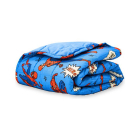
kids' blankets fall under the category of home textiles. Home textiles encompass a wide range of fabric-based products used within a household, including bedding, towels, curtains, and, of course, blankets. These items serve both practical and aesthetic purposes, contributing to the overall comfort and style of a home. Kids' blankets, designed for warmth and adorned with playful patterns, are an integral part of the home textile category, catering specifically to the needs and preferences of young ones.
For babies, safety is a top priority when it comes to blankets. Here are some considerations for safe baby blankets:
1. Breathable Fabrics: Opt for blankets made from breathable materials like cotton. This reduces the risk of overheating and ensures proper air circulation.
2. Hypoallergenic Materials: Choose blankets that are hypoallergenic to minimize the risk of irritation for a baby's sensitive skin.
3. Avoid Loose Knits: Blankets with loose knits or threads may pose a strangulation hazard. Select tightly-woven options to eliminate this risk.
4. No Small Parts:Steer clear of blankets with small decorative parts like buttons or appliqués that can be a choking hazard for infants.
5. Lightweight and Warm:Select lightweight blankets suitable for the current weather to prevent overheating. Layering lighter blankets is often a safer option.
6. Size Consideration:Ensure the blanket is an appropriate size for a baby. Avoid oversized blankets that could cover a baby's face during sleep.
7. No Strings or Ribbons: Blankets with strings or ribbons may pose a risk of entanglement. Opt for designs without these features.
Always follow safe sleep guidelines, and if using a blanket in the crib, ensure it's securely tucked around the mattress and doesn't pose a suffocation risk. Always supervise babies while they are using blankets.
blankets, including those designed for babies and children, are commonly exported. Many countries have a robust textile industry, and their products, including blankets, are often exported to meet the demand in international markets. Exported blankets can vary in materials, designs, and specifications based on the preferences and standards of different regions. The global trade of blankets contributes to the availability of diverse options for consumers worldwide.
While both home textiles and carpets fall under the broader category of textile exports, there are notable differences in terms of product characteristics, manufacturing processes, and market dynamics.
1. Product Type:
Home Textiles: Encompass a wide range of fabric-based products for home use, including blankets, bedding, towels, curtains, and more.
Carpets: Focus specifically on floor coverings made of various materials such as wool, nylon, or polyester, with intricate designs and patterns.
2. Manufacturing Processes:
Home Textiles: Often involve the production of fabrics, weaving, knitting, and stitching to create finished products.
Carpets: Involve more intricate processes such as weaving, tufting, or hand-knotting to create intricate patterns and textures.
3. Materials Used:
Home Textiles:Use a variety of materials, including cotton, linen, polyester, and more, depending on the specific product.
Carpets: Utilize materials like wool, silk, synthetic fibers, or a combination to achieve the desired durability and appearance.
4. Market Trends:
Home Textiles:Trends in home décor, color preferences, and fabric innovations often influence the market for home textiles.
Carpets: Aesthetic preferences, cultural influences, and design trends play a significant role in the carpet market.
5. Consumer Demand:
Home Textiles:Consumers often seek comfort, functionality, and style when purchasing home textile products.
Carpets: Consumers may prioritize factors like durability, design, and size when selecting carpets for their homes.
Despite these differences, both home textiles and carpets contribute significantly to the global textile trade, meeting diverse consumer needs and preferences in various regions.
blankets are generally designed to be washable. The specific care instructions can vary based on the material and construction of the blanket. Always check the care label attached to the blanket for manufacturer recommendations.
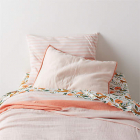
Common washing instructions for blankets include:
1. Machine Washing:Many blankets can be machine-washed using a gentle cycle. Use a mild detergent and follow the recommended water temperature.
2. Hand Washing:Delicate or wool blankets may require hand washing. Use a gentle detergent and lukewarm water, and avoid wringing or twisting to prevent damage.
3. Drying: Most blankets can be air-dried or tumble-dried on low heat. Some materials may require flat drying to maintain their shape.
4. Dry Cleaning: Certain blankets, especially those with delicate fabrics or intricate designs, may be labeled as dryly clean only.
Always refer to the care instructions provided by the manufacturer to ensure the longevity and quality of the blanket.
Kids' blankets are designed with a focus on comfort, safety, and vibrant aesthetics. Often made from soft, durable materials, these blankets aim to provide a cozy haven for children. Designs featuring beloved characters, playful patterns, or soothing colors contribute to a child-friendly atmosphere. Additionally, many kids' blankets prioritize easy maintenance, considering the inevitable spills and adventures of childhood. These blankets not only keep little ones warm but also contribute to a sense of security and joy during bedtime or quiet moments.

Home Textiles: Encompass a wide range of fabric-based products for home use, including blankets, bedding, towels, curtains, and more.
Carpets: Focus specifically on floor coverings made of various materials such as wool, nylon, or polyester, with intricate designs and patterns.
Home Textiles: Often involve the production of fabrics, weaving, knitting, and stitching to create finished products.
Carpets: Involve more intricate processes such as weaving, tufting, or hand-knotting to create intricate patterns and textures.
Home Textiles:Use a variety of materials, including cotton, linen, polyester, and more, depending on the specific product.
Carpets: Utilize materials like wool, silk, synthetic fibers, or a combination to achieve the desired durability and appearance.
Home Textiles:Trends in home décor, color preferences, and fabric innovations often influence the market for home textiles.
Carpets: Aesthetic preferences, cultural influences, and design trends play a significant role in the carpet market.
Home Textiles:Consumers often seek comfort, functionality, and style when purchasing home textile products.
Carpets: Consumers may prioritize factors like durability, design, and size when selecting carpets for their homes.

FAQs
What is a comfort blanket?
A comfort blanket is a cherished, often soft, and familiar item that provides emotional reassurance and comfort, especially in times of stress or anxiety.
Does blanket weight matter?
Yes, blanket weight matters. It can influence warmth and comfort. Heavier blankets are often warmer, suitable for colder weather, while lighter ones are preferred in warmer climates.
What is the best kind of blankets?
The best kind of blanket depends on personal preferences and needs. Common favorites include fleece for warmth, cotton for breathability, and weighted blankets for a comforting, calming effect.
What is the most common type of blankets?
Cotton blankets are among the most common types. They are popular for their breathability, versatility, and comfort in various climates.
 +7929688-88-14
+7929688-88-14

 English
English
 Persian
Persian
 Russian
Russian
 Chinese
Chinese


 +7929688-88-14
+7929688-88-14

